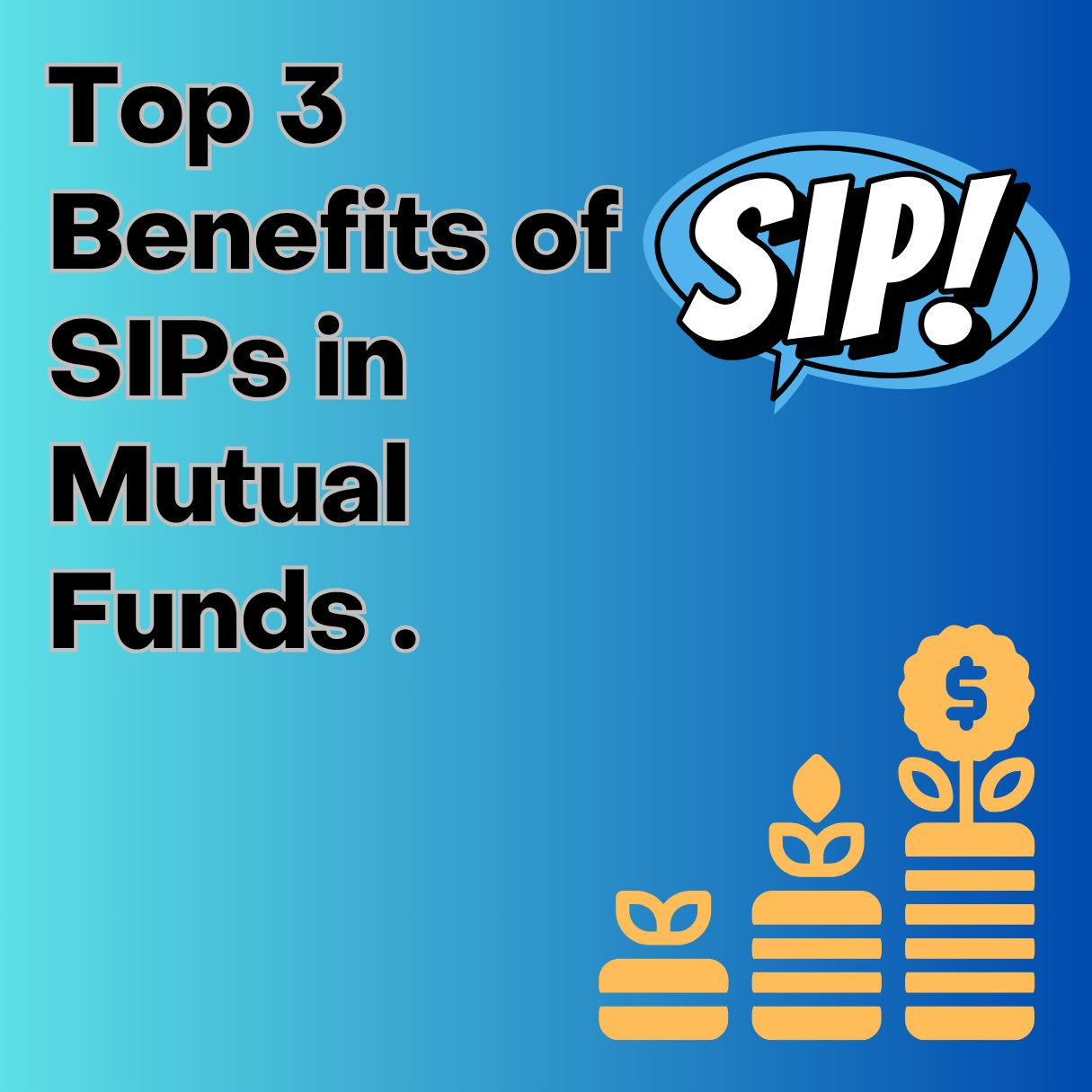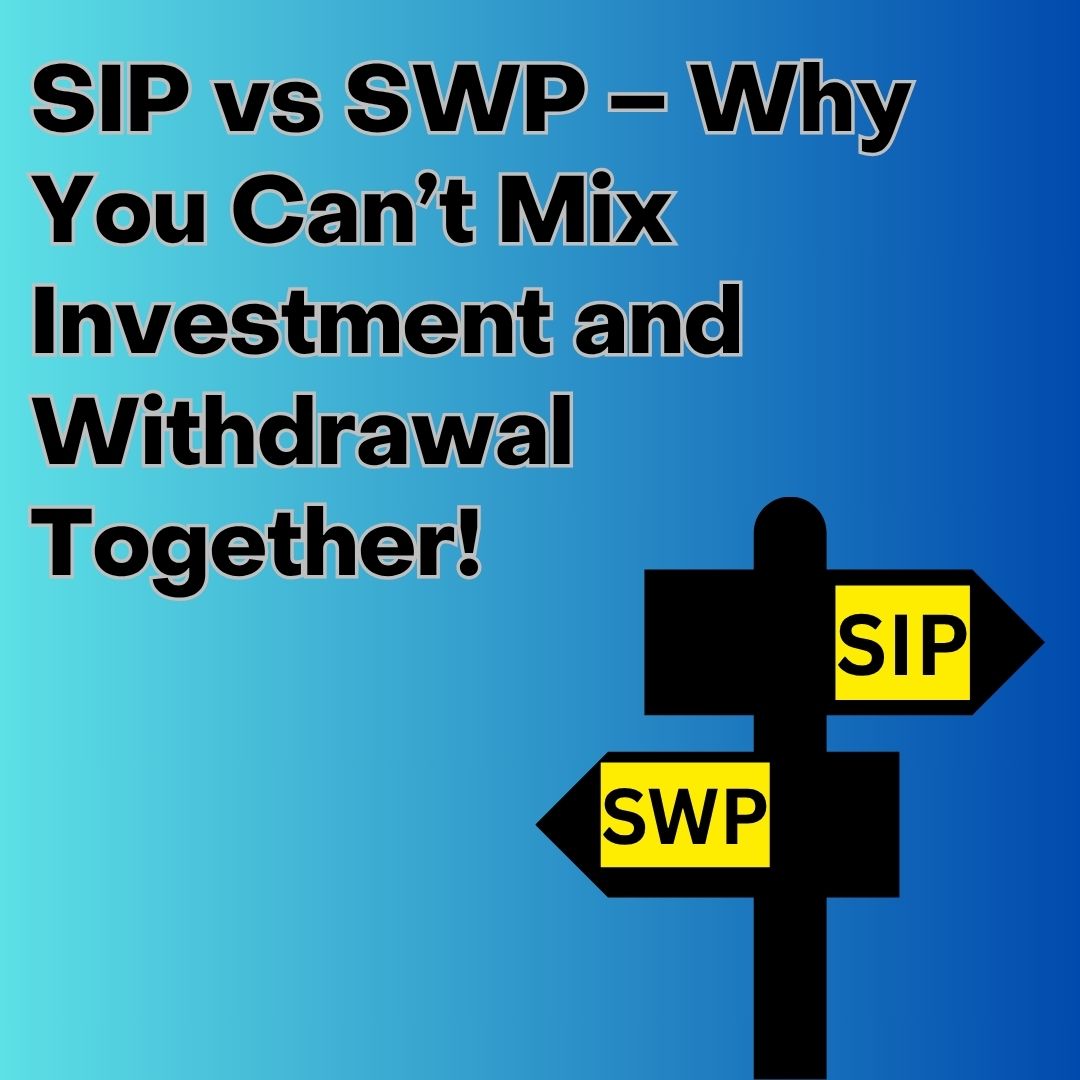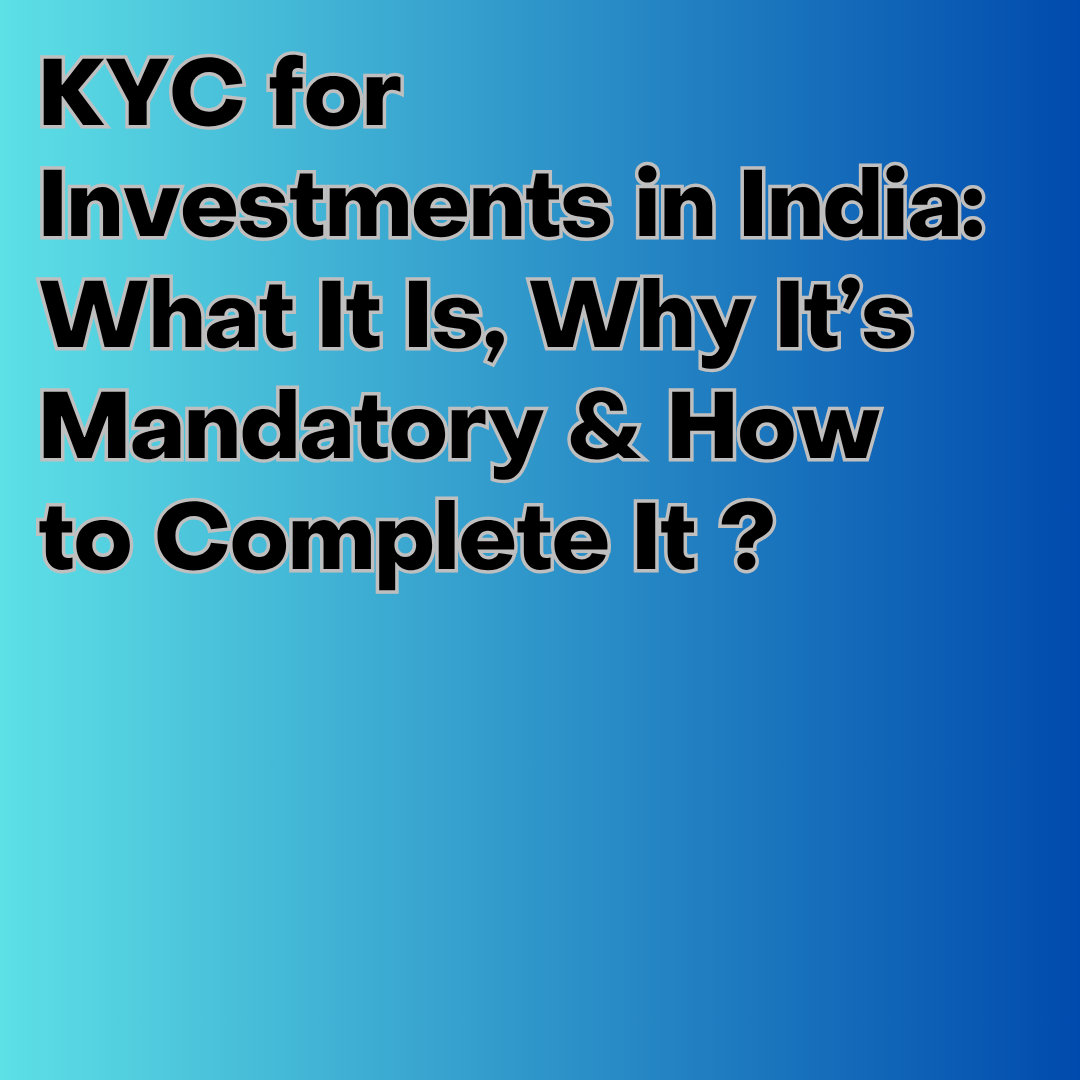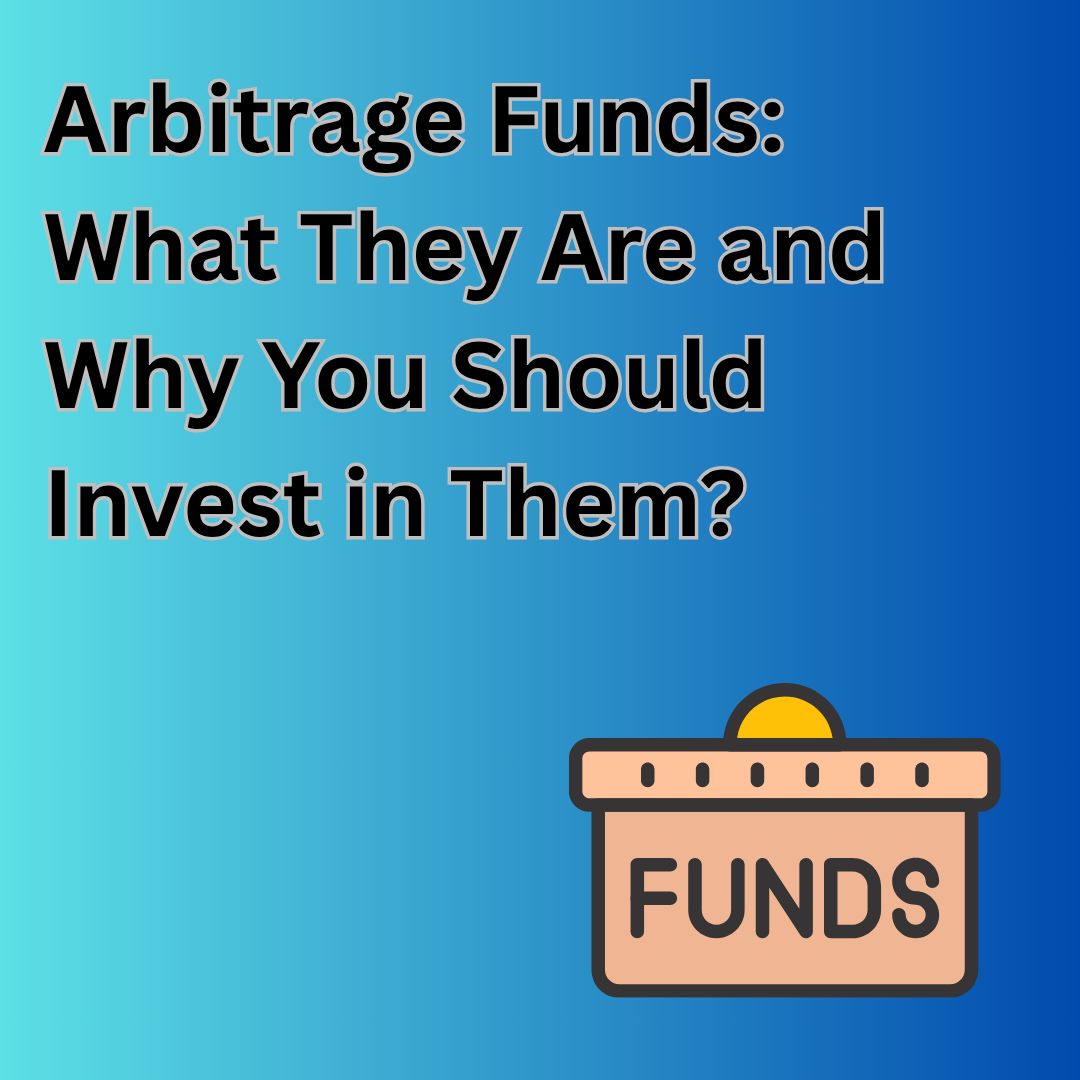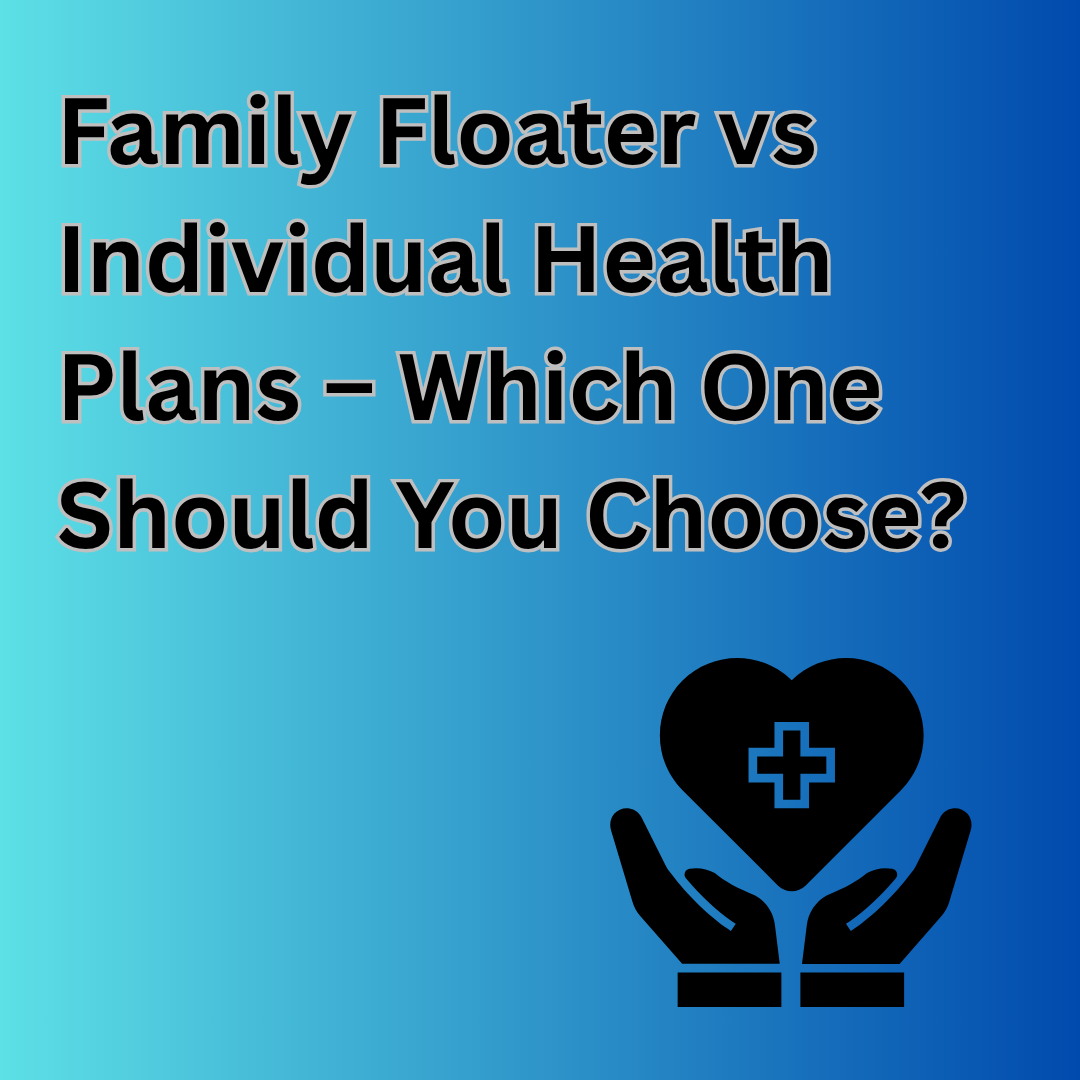- SENSEX 80576.15 -27.93 (-0.03%)
- NIFTY 50 24569.45 -15.6 (-0.06%)
- GOLD 100210 -112 (-0.11%)
- SILVER 113549 253 (0.22%)
- NASDAQ 21456.04 6.01 (0.03%)
- FTSE 9129.71 33.98 (0.37%)
- Nikkei 42939.19 1118.71 (2.61%)
- Crude 5630 15 (0.27%)
- USD/INR 87.652878 -0.05 (-0.06%)
- EURO 101.8892 0.17 (0.16%)
- POUND 117.7903 0.12 (0.1%)
- YEN 0.082 -1.61 (-1959.88%)
- SENSEX 80576.15 -27.93 (-0.03%)
- NIFTY 50 24569.45 -15.6 (-0.06%)
- GOLD 100210 -112 (-0.11%)
- SILVER 113549 253 (0.22%)
- NASDAQ 21456.04 6.01 (0.03%)
- FTSE 9129.71 33.98 (0.37%)
- Nikkei 42939.19 1118.71 (2.61%)
- Crude 5630 15 (0.27%)
- USD/INR 87.652878 -0.05 (-0.06%)
- EURO 101.8892 0.17 (0.16%)
- POUND 117.7903 0.12 (0.1%)
- YEN 0.082 -1.61 (-1959.88%)

“I invested in ELSS, so my taxable income was reduced.”
“My HRA is exempt, so I don’t pay tax on that.”
“I got a rebate under section 87A, so I paid no tax this year.”
If tax season leaves you confused about these terms—deduction, exemption, and rebate—you’re not alone.
While all three reduce your tax burden, they do so in different ways. Let’s simplify it with relatable examples and break down what each of these terms really means.
1. What is a Tax Deduction?
A tax deduction reduces your taxable income. It’s like telling the government,
“Hey, I spent some money on things like health insurance, investments, or education—so tax me only on the rest.”
Example:
Suppose your annual income is ₹10,00,000.
You invest ₹1,50,000 under Section 80C in PPF, ELSS, or life insurance.
Taxable Income = ₹10,00,000 - ₹1,50,000 = ₹8,50,000
You’re now taxed only on ₹8.5 lakhs instead of ₹10 lakhs.
Common Deductions:
Section 80C: PPF, ELSS, LIC, etc.
Section 80D: Health insurance premiums
Section 80E: Education loan interest
Section 24(b): Home loan interest (up to ₹2L for self-occupied homes)
2. What is a Tax Exemption?
A tax exemption means a specific portion of income is completely excluded from tax—right from the start. You don’t even count it as “income” when calculating tax.
It’s like the government saying,
“Don’t worry, we won’t tax this part at all.”
Example:
If your salary includes House Rent Allowance (HRA) and you live in a rented house, a part of the HRA may be exempt based on rent paid and your city.
If your total HRA is ₹1,80,000/year and you’re eligible for ₹1,20,000 exemption,
then only ₹60,000 is added to your taxable income.
Common Exemptions:
HRA (House Rent Allowance)
LTA (Leave Travel Allowance)
Agricultural Income
Certain income from gratuity, pensions, or retirement benefits
3. What is a Tax Rebate?
A tax rebate is like a discount on the tax you already owe. You calculate your total tax, and then subtract the rebate from it.
Think of it like a cashback after shopping:
“Your tax is ₹12,000—but we’re giving you ₹12,000 off. So you pay nothing.”
Example:
If your total income is up to ₹7,00,000 (under the new regime), you're eligible for a rebate under Section 87A of up to ₹25,000.
So even if your tax payable is ₹20,000, the rebate cancels it—you pay zero tax.
Key Point:
-
Section 87A is the most common rebate.
-
It’s not on income—it’s directly on tax payable.
-
Only individuals with total income below the threshold (₹5L in old regime, ₹7L in new) can claim it
Conclusion: Which One Helps You Most?
-
Use deductions when you invest or spend in eligible ways (insurance, ELSS, etc.).
-
Use exemptions if you receive certain types of income (like HRA or LTA).
-
Claim rebates if your taxable income is low enough to qualify.
-
If you’re a salaried person planning your taxes, use all three smartly. A combination of exemptions, deductions, and rebates can bring your taxable income—and your tax bill—way down.
Still confused? Speak to a financial advisor or tax consultant at Blissmoney Fintech Pvt Ltd. to help you plan better. Remember, saving tax is legal—evading tax is not!

